Geological Ultrahigh-Pressure Metamorphism: Phase Transitions and Element Redistribution in Deep Earth Minerals
The Earth's crust is a dynamic system where rocks undergo profound transformations under extreme conditions. One of the most fascinating phenomena in this realm is ultrahigh-pressure (UHP) metamorphism, a process that occurs when rocks are subjected to pressures exceeding 2.5 gigapascals and temperatures surpassing 700°C. These conditions, typically found at depths of 80 kilometers or more, trigger remarkable phase transitions in minerals and lead to significant redistribution of elements. Understanding these processes not only sheds light on the Earth's interior dynamics but also has implications for mineral exploration and the study of ancient tectonic events.
UHP metamorphism is often associated with subduction zones, where continental crust is dragged deep into the mantle before being exhumed back to the surface. During this journey, the mineralogical composition of rocks undergoes dramatic changes. Common crustal minerals like quartz and feldspar transform into high-pressure polymorphs such as coesite and jadeite. These phase transitions are not merely cosmetic changes; they represent fundamental reorganizations of crystal structures that can affect the physical and chemical properties of the rocks.
The study of UHP rocks provides unique insights into element behavior under extreme conditions. Certain elements that are normally considered immobile under crustal conditions become surprisingly mobile when subjected to UHP metamorphism. For instance, rare earth elements and high field strength elements may experience significant fractionation during subduction. This element redistribution has important consequences for geochemical cycles and the formation of economically important mineral deposits.
One of the most intriguing aspects of UHP metamorphism is the preservation of high-pressure minerals at the Earth's surface. Minerals like diamond and coesite, which are stable only under extreme pressures, are sometimes found in UHP terrains. Their survival during the exhumation process challenges our understanding of rock rheology and the kinetics of phase transformations. Geologists study these mineral relics as natural pressure gauges, using them to reconstruct the maximum burial depths of ancient rock sequences.
Recent advances in analytical techniques have revolutionized our ability to study UHP metamorphism. High-resolution transmission electron microscopy can now reveal the nanoscale features of high-pressure minerals, while advanced spectroscopic methods provide detailed information about their chemical composition. Synchrotron-based X-ray diffraction allows researchers to simulate UHP conditions in the laboratory, observing mineral transformations in real time. These technological developments have led to the discovery of new high-pressure mineral phases and a better understanding of their stability fields.
The implications of UHP research extend beyond academic interest. The phase transitions that occur during UHP metamorphism can significantly affect the physical properties of subducted slabs, influencing their buoyancy and mechanical behavior. This has important consequences for plate tectonic processes and the recycling of crustal material into the mantle. Furthermore, the element mobility associated with UHP conditions may play a role in the formation of certain types of ore deposits, providing valuable clues for mineral exploration.
Field studies of UHP terrains around the world continue to yield surprising discoveries. From the Dabie-Sulu belt in China to the Western Gneiss Region in Norway, these geological laboratories preserve snapshots of crustal material that has journeyed to extraordinary depths and returned. Each new finding challenges existing paradigms and forces geologists to reconsider the limits of crustal recycling and the nature of the deep Earth.
As research progresses, scientists are increasingly recognizing the connections between UHP metamorphism and broader Earth system processes. The release of fluids during UHP transformations may influence mantle melting and volcanic activity, while the redox reactions associated with these processes could affect the cycling of elements like carbon and sulfur. These insights are helping to build a more comprehensive picture of how the solid Earth operates as an integrated system.
The study of ultrahigh-pressure metamorphism stands at the intersection of mineralogy, petrology, geochemistry, and tectonics. It challenges our understanding of material behavior under extreme conditions and provides a window into processes that shape our planet on the largest scales. As analytical techniques continue to improve and new UHP terrains are discovered, we can expect this field to yield even more exciting discoveries about the hidden workings of the deep Earth.
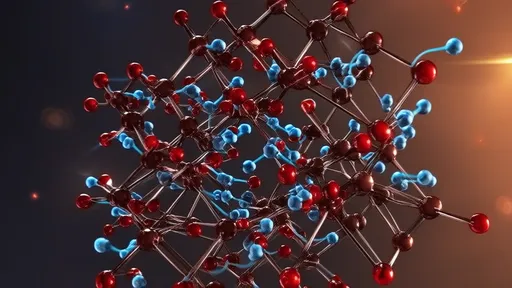
By /Jun 19, 2025
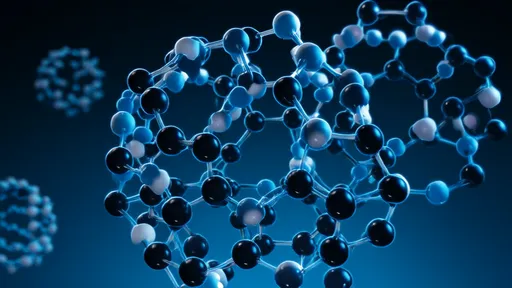
By /Jun 19, 2025

By /Jun 19, 2025

By /Jun 19, 2025

By /Jun 19, 2025

By /Jun 19, 2025
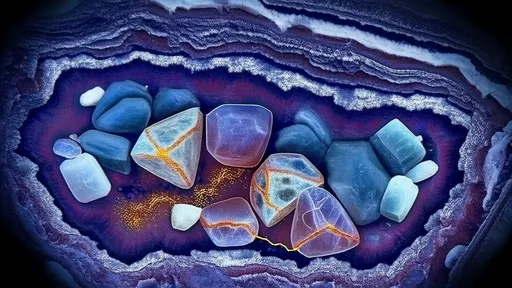
By /Jun 19, 2025

By /Jun 19, 2025

By /Jun 19, 2025

By /Jun 19, 2025
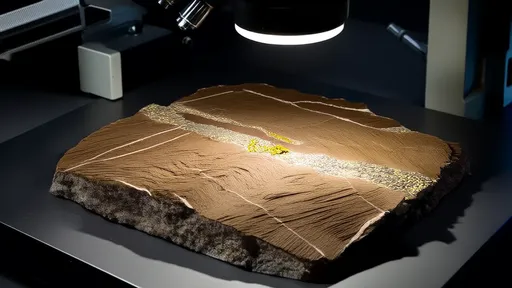
By /Jun 19, 2025

By /Jun 19, 2025

By /Jun 19, 2025

By /Jun 19, 2025

By /Jun 19, 2025
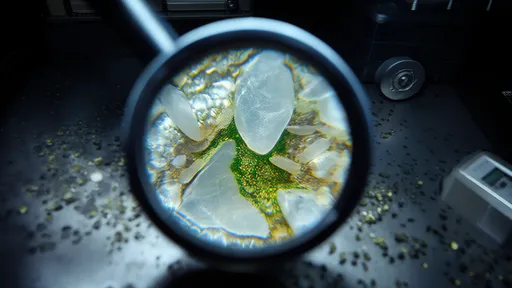
By /Jun 19, 2025

By /Jun 19, 2025